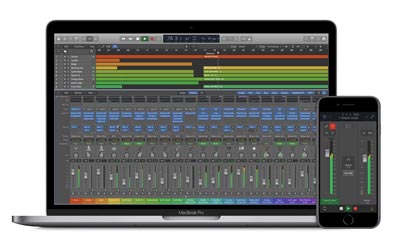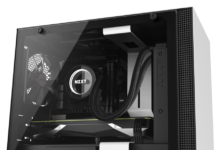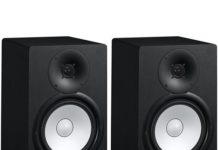For accessibility, convenience, simplicity and no price, Audacity, Bandlab (online website) and Garage Band (Apple products) are good options for demos and basic tracks. But if you’re looking for professional quality, you’ll eventually want a more complex DAW with more features.
When choosing a DAW, you should try out trial versions of different DAW’s and choose the one that has the best user interface and features for
There is no #1 Best DAW
I want to dispel a common myth: “Pro Tools is the #1 DAW because all the pro’s use it, and everything else is an inferior clone to the real thing”
Think about why Pro Tools is extremely common amongst audio engineers and whether those reasons for them apply to you. Pro Tools is laid out in a way which makes it ideal for mixing and mastering other people’s creations. It’s a great DAW for songwriting too – do not get me wrong. But it may not be the DAW that is the best for your particular use case and it may not be the DAW that you are the most comfortable using. Think about your needs and don’t just automatically copy a pro and assume what they use is automatically the best for you.
If you want to make loop-based beats, especially for Hiphop and EDM, FL Studio might be for you; while its UI doesn’t specialize in vocals, you can definitely make professional quality tracks on it. If you want a DAW that’s baked right into a digital synthesizer, Propellerhead Reason could be your choice. If you’re a DJ and want a DAW specifically built for playing back instrumentals live, then Ableton Live is the DAW you want. Cockos Reaper is also lightweight portable DAW with a minimalist layout (good for songs, but also good for people who aren’t making songs and don’t want a UI cluttered with song-related options); Reaper is also the least expensive DAW (at $60) that’s fully functional for professional use.

If you’re building a song from the ground up, you may prefer Apple’s Logic Pro (on Mac) for its wide selection of good instruments and how they’re seamlessly integrated into a DAW that’s also fantastic for editing/mixing/mastering. Logic Pro, in general, is my personal favorite due offering complexity in a simple aesthetically pleasing interface, and being excellent for projects every step of the way, from start to finish. Though for Windows users, I think Presonus Studio One comes the closest to being that well-rounded package and it’s the one I use the most. Cubase is also worth mentioning as a solid all-around DAW.
There Are Very Few Functional Differences Between DAW’s
At the end of the day, all of these do 95-99% of the same exact things. There are a few features here and there that some DAW’s have and others don’t, but for the most part, the differences between the DAW’s are aesthetics, convenience and layout. The main differences between these DAW’s are: Which are you the most comfortable using? Which do you find the most pleasant? Which UI do you find enables you to have the most efficient workflow that you can.
None of the DAW’s listed above can be used as an excuse for not creating professionally sounding projects because none of them are a bottleneck. Sound quality is purely dependent on your interface, microphone, and/or instruments, regardless of which DAW’s you use. And all of these options use the same VST plugins anyway. Your Serum, Fabfilter, etc. will look and perform exactly the same on Reaper, as it would FL Studio, Studio One or Pro Tools. The synths, the effects and how you apply them will determine the final product – not which DAW you use them on.
It depends on how you use your hardware and software plugins, and the interface of the DAWs will help with the execution. They will all achieve the same end, but in different ways and they call them different things.



